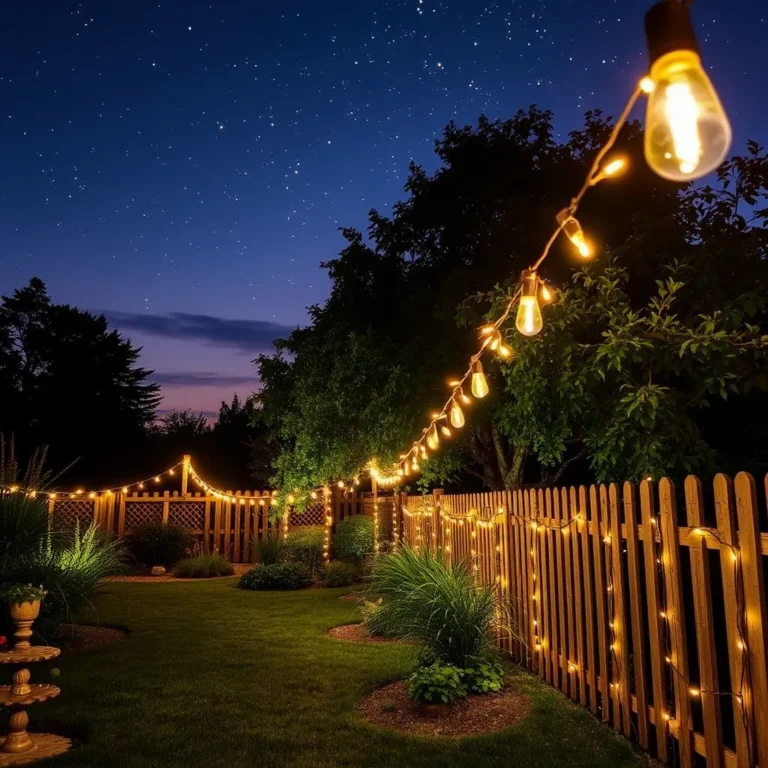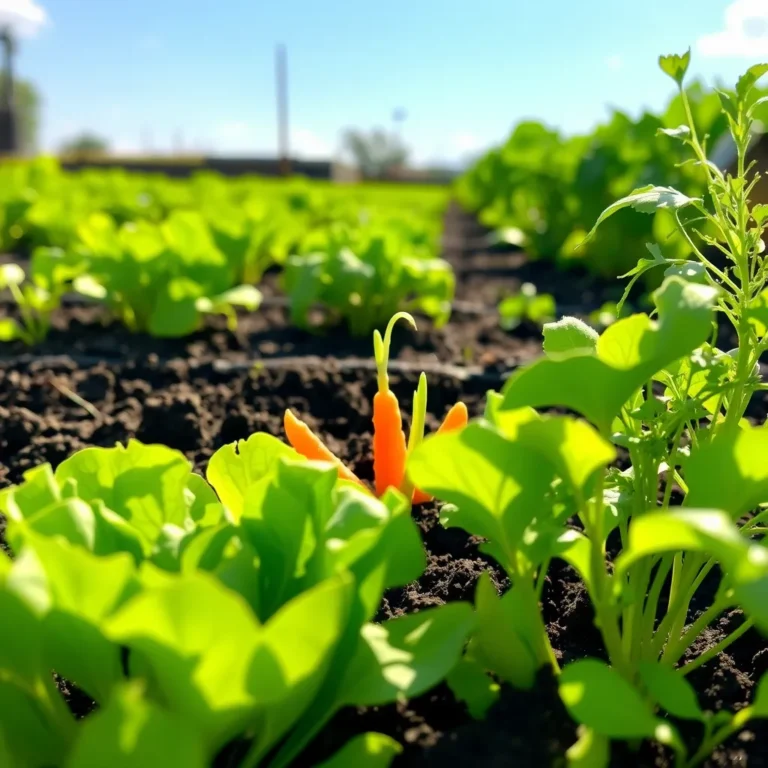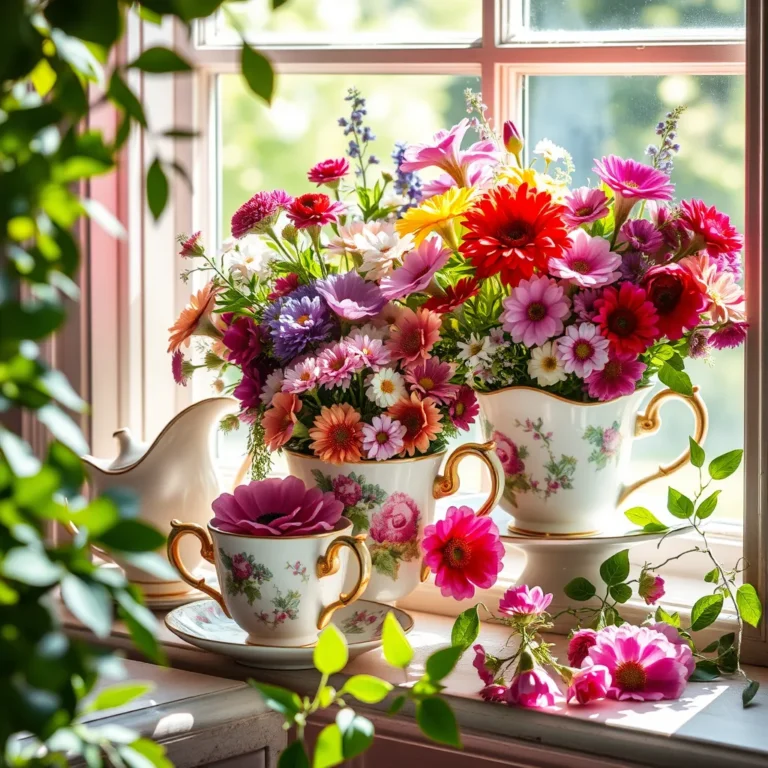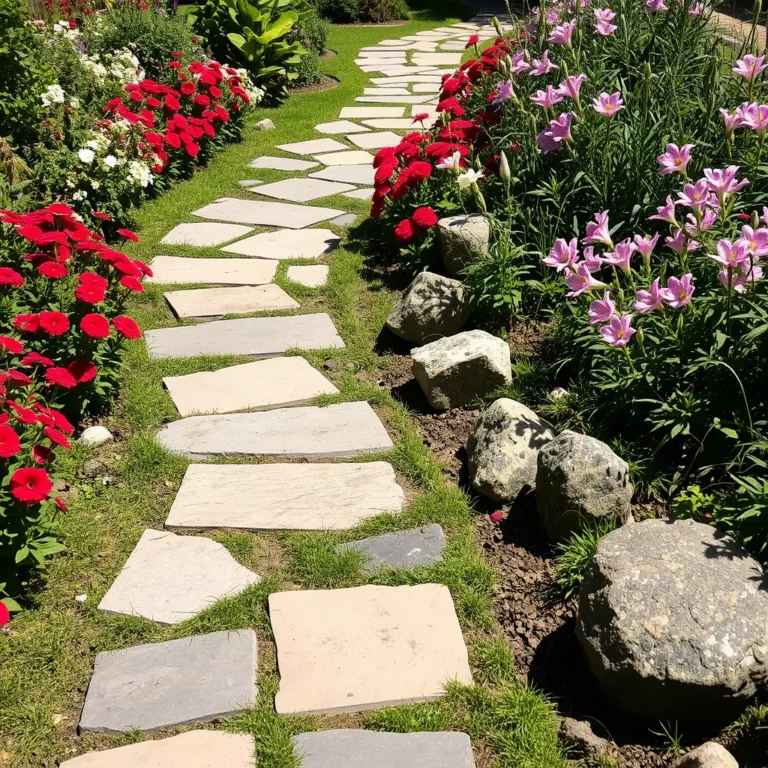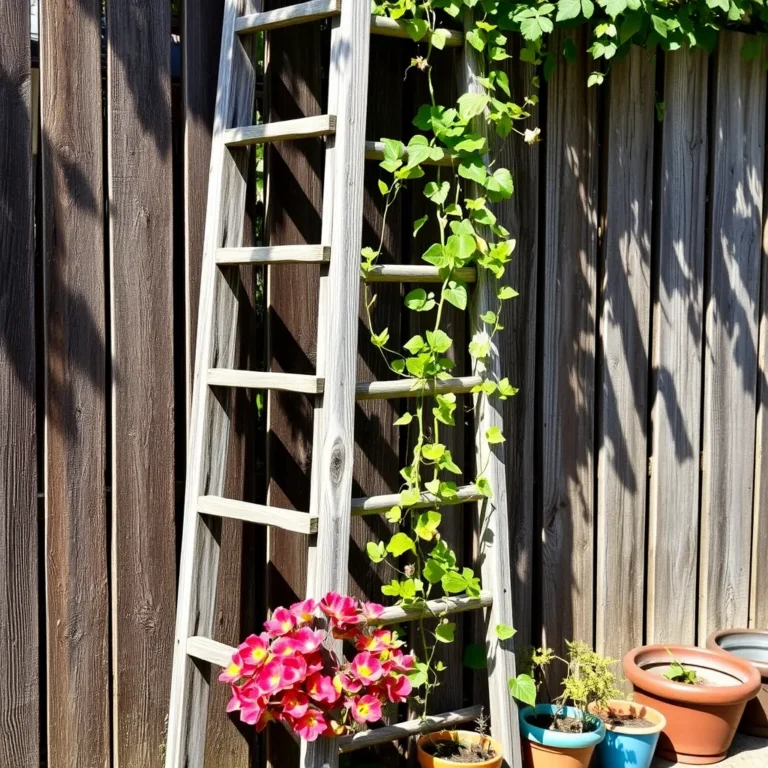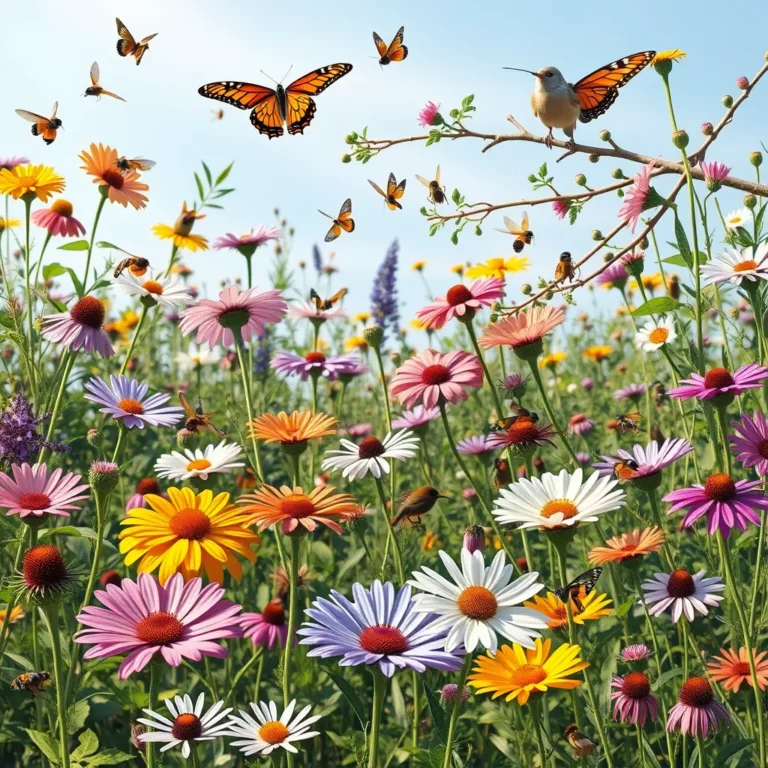8 Tips for Creating a Sustainable Home Garden Today
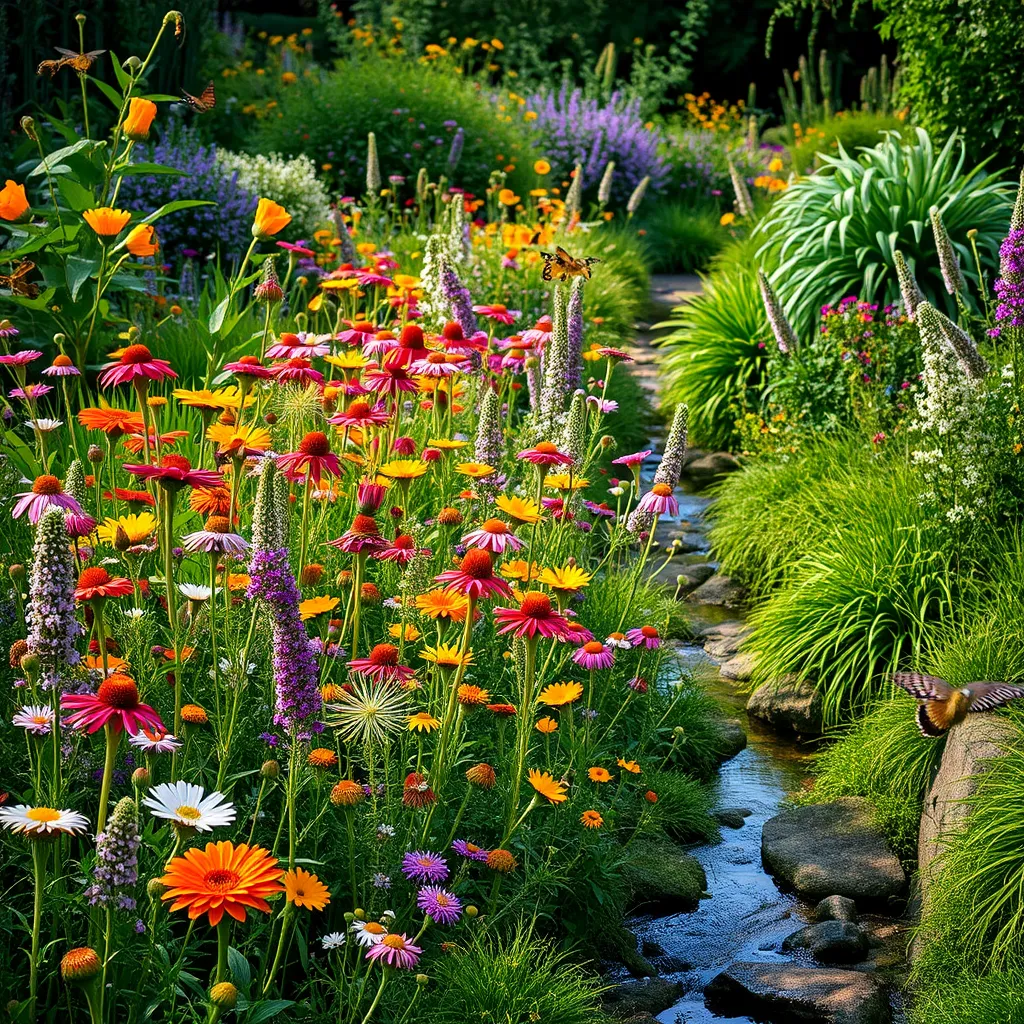
Are you ready to turn your yard into a green oasis? Creating a sustainable home garden is easier than you think. In this article, I’ll share 8 simple tips to help you grow plants that thrive and benefit the planet. From using native plants to composting, every step counts. Let’s dive in and transform your space into an eco-friendly paradise today!
Choose Native Plants for Your Garden
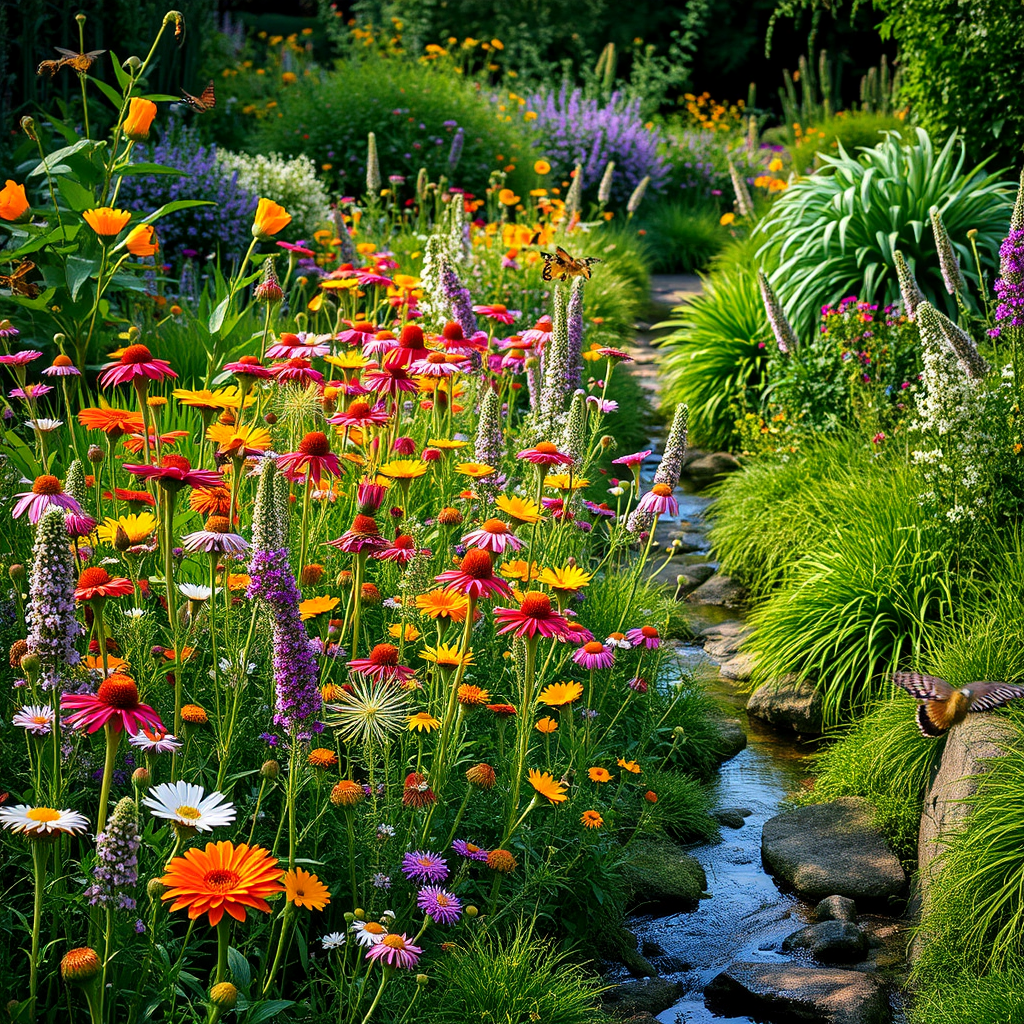
Choose plants that grow well in your area. Native plants need less water and care. They attract local birds, bees, and butterflies. This helps keep nature healthy. Look for plants that suit your soil and climate. You can ask local garden centers for help.
Utilize Organic Gardening Practices
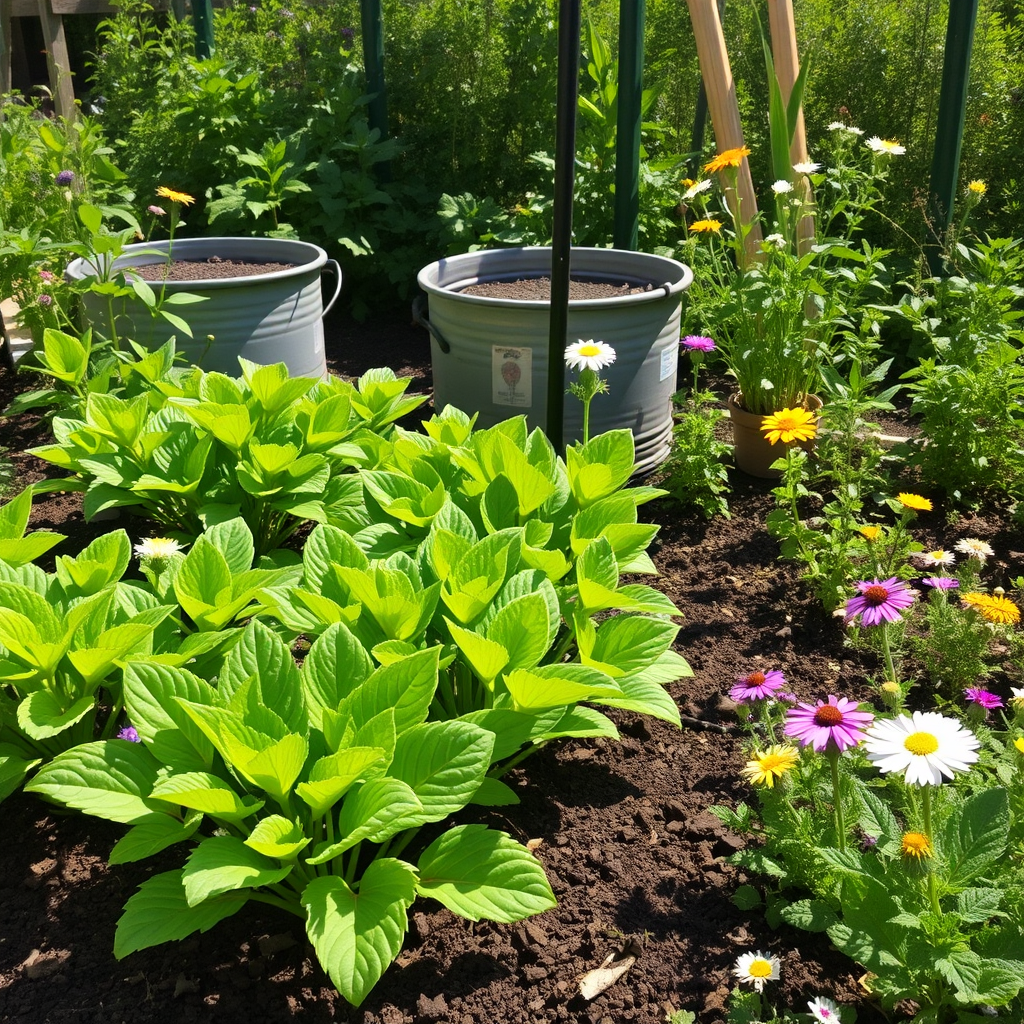
Use organic methods to grow your plants. This means no harmful chemicals or sprays. Instead, use natural fertilizers and pest control. You can make compost from kitchen scraps. This helps your plants grow strong and healthy. Organic practices protect our soil and water.
Implement Water Conservation Techniques
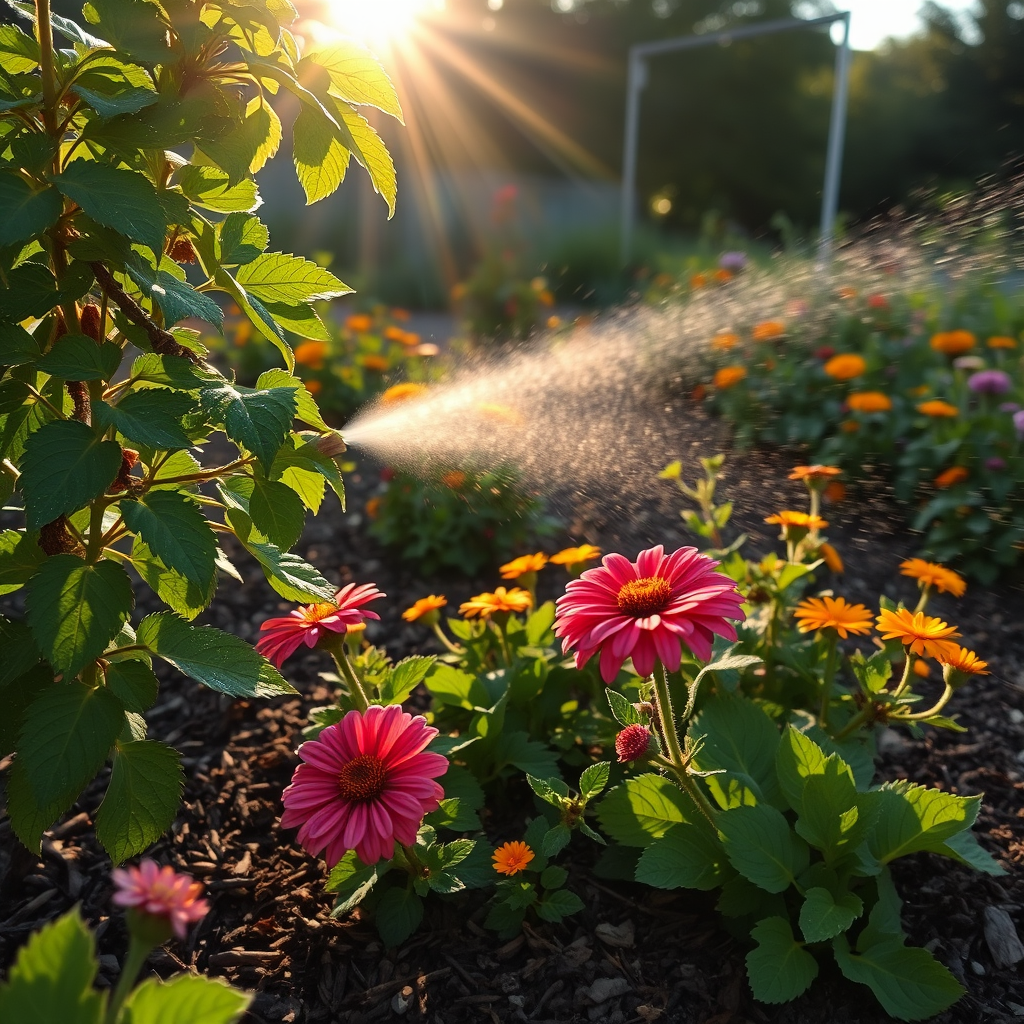
Save water by using smart techniques. Water your garden early in the morning or late in the day. This reduces evaporation. Use mulch around your plants to keep soil moist. You can also group plants with similar water needs. This makes your watering more efficient.
Start Composting for Nutrient-Rich Soil

Composting is one of the best ways to enrich your soil. You can turn kitchen scraps into a treasure for your garden. Start by gathering items like fruit peels, coffee grounds, and grass clippings. These materials break down and create a rich mix. You can use a compost bin or a simple pile. Make sure to turn it often. This helps speed up the process. In just a few months, you will have dark, crumbly compost. Mix this into your soil to boost your plants’ growth. Your plants will thank you!
Create a Biodiverse Planting Scheme
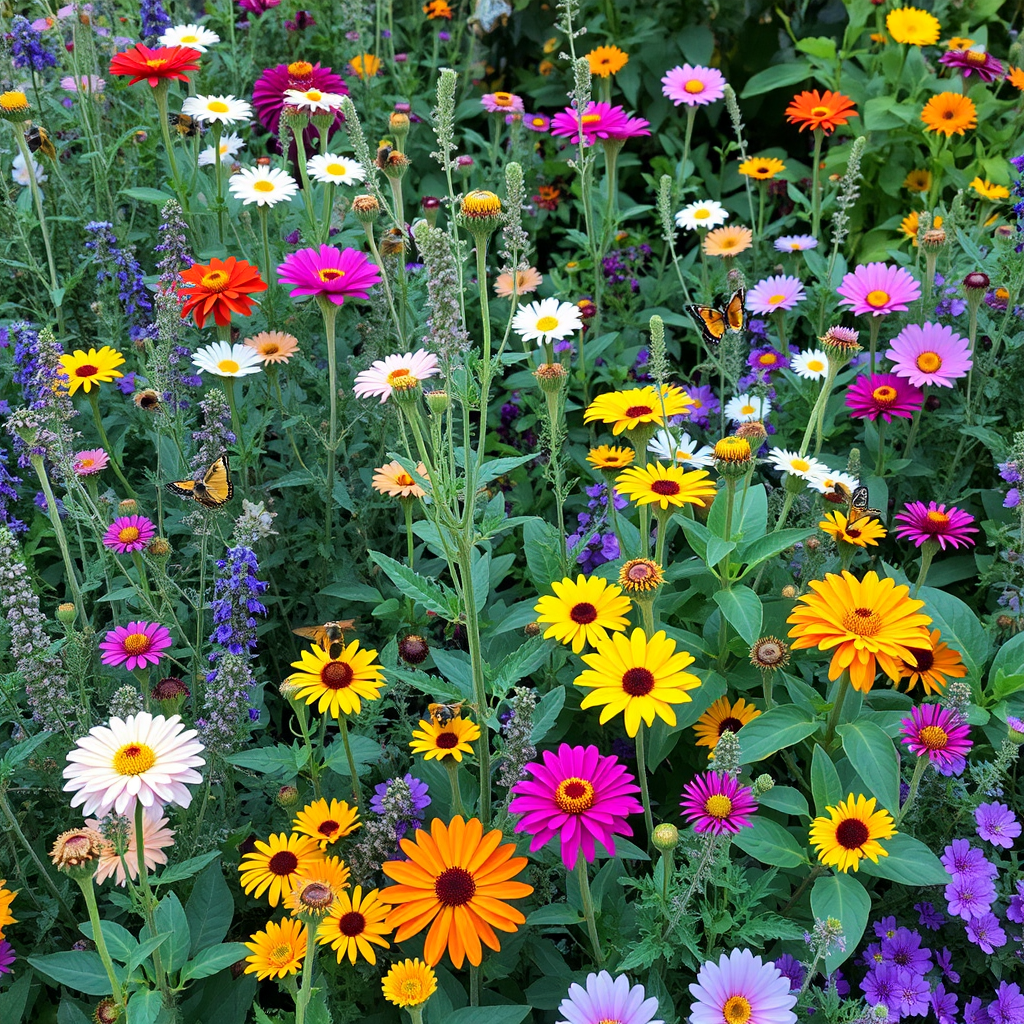
Biodiversity is key to a healthy garden. Planting different types of plants helps attract many insects. Flowers bring bees and butterflies, which help your plants grow. A mix of plants also protects against pests. If one type gets sick, others will still thrive. Try to plant flowers, herbs, and vegetables together. This creates a vibrant space and helps keep nature in balance. You can also group plants by their needs. For example, put sun-loving plants together and shade-loving ones in another spot.
Reduce Chemical Usage with Natural Alternatives
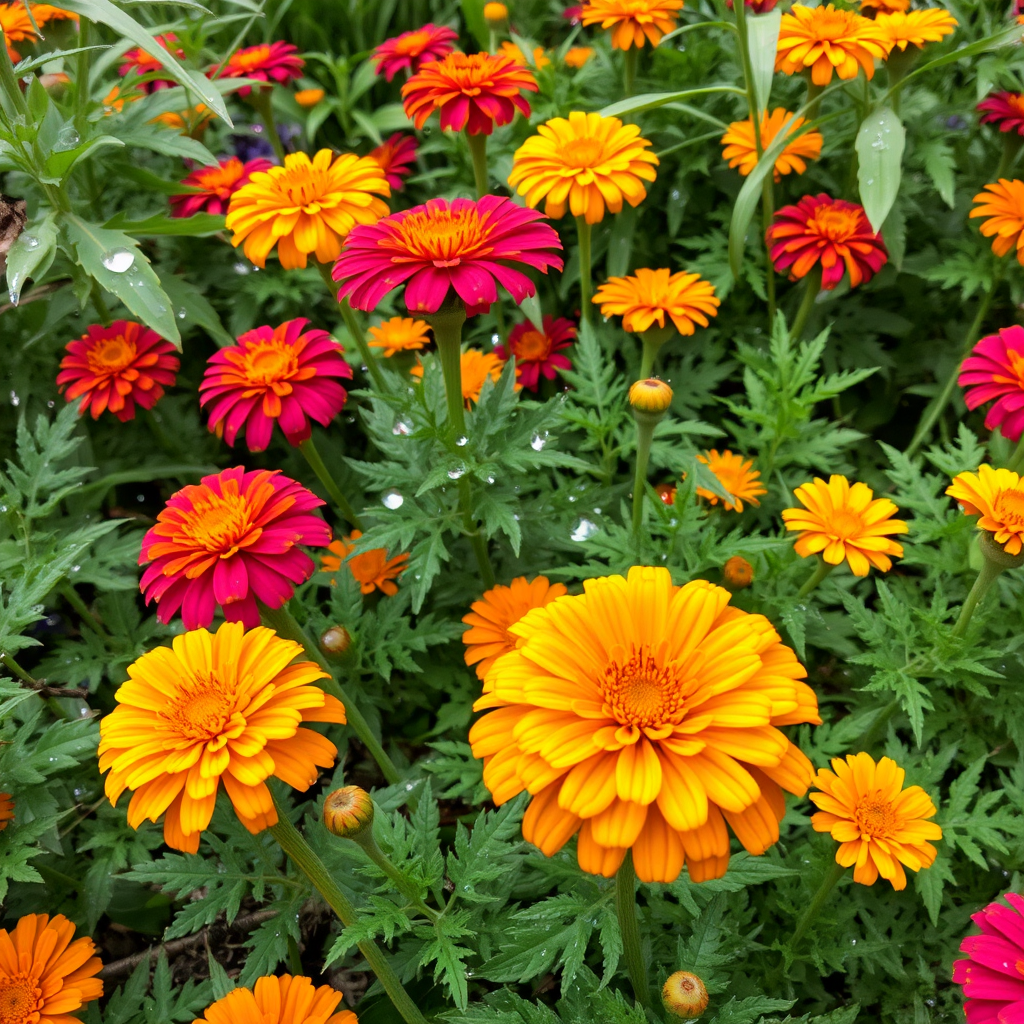
Using fewer chemicals is better for you and the earth. There are many natural ways to keep pests away. For instance, you can use soapy water to spray on bugs. This is safe for your plants and helps remove pests. You can also plant marigolds to repel unwanted insects. They are bright and cheerful, too! Another option is to use neem oil, a natural pesticide from a tree. It works well without harming good pests. By reducing chemicals, you make your garden a safer place for all living things.
Use Rain Barrels to Collect Water
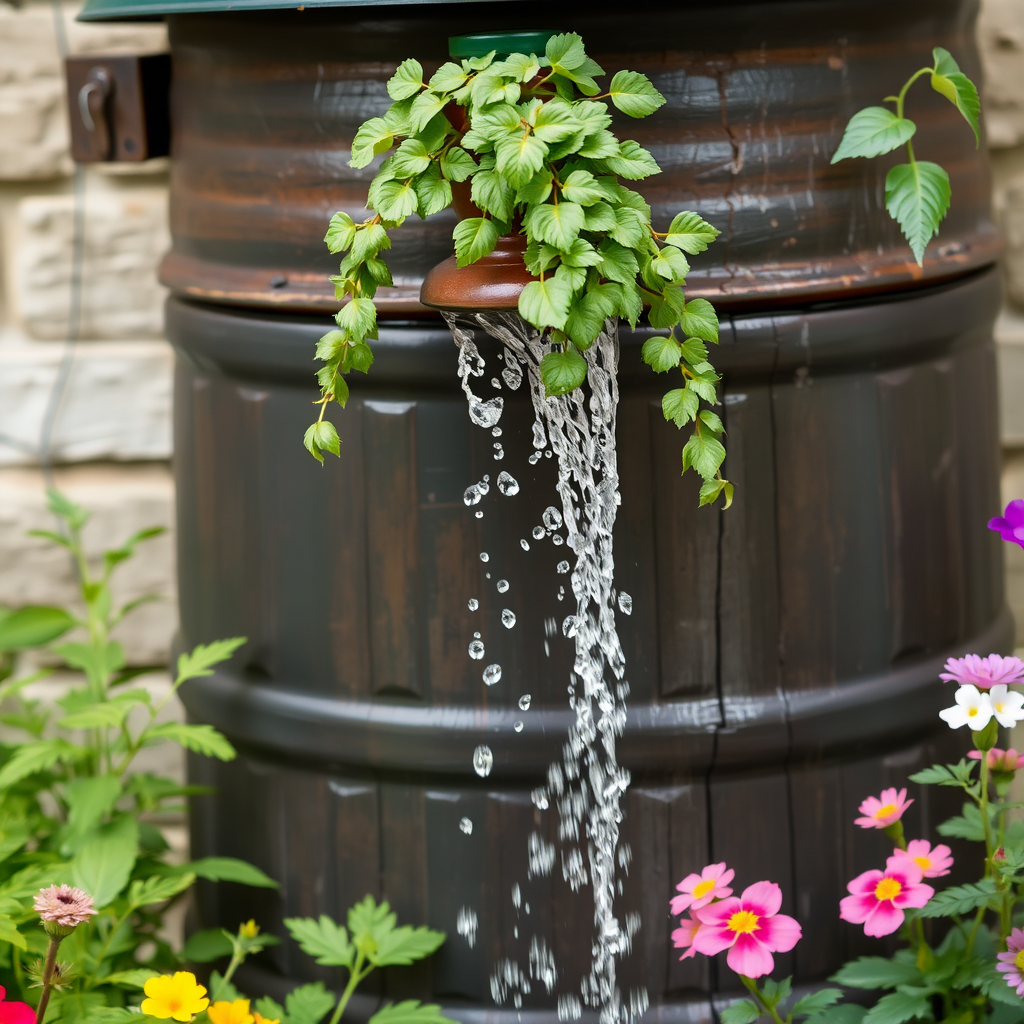
Rain barrels help you save water. They catch rain from your roof and store it. This water can then feed your plants. It reduces your water bill and helps the earth. Set up your rain barrel under a downspout. You can find barrels at local stores or online. Make sure to cover it to keep out bugs.
It’s easy to install. Just follow the steps that come with it. When it rains, watch your barrel fill up. You can use this water for your garden, plants, or even washing your car. This method helps you use less tap water. It also helps the environment by conserving water.
Incorporate Vertical Gardening for Space Efficiency

Vertical gardening saves space in small areas. You can grow plants up instead of out. This method lets you fit more plants in a small yard. Use trellises, hanging pots, or wall planters. You can even use old pallets or crates. These options make your garden look great and help the plants grow.
Vertical gardens get more sunlight. This helps your plants thrive. Plus, they are easier to care for. You can reach your plants without bending down too much. If you pick the right plants, vertical gardens can be very productive. Herbs, strawberries, and climbing beans work well in these spaces.
Educate Yourself with Local Workshops and Resources
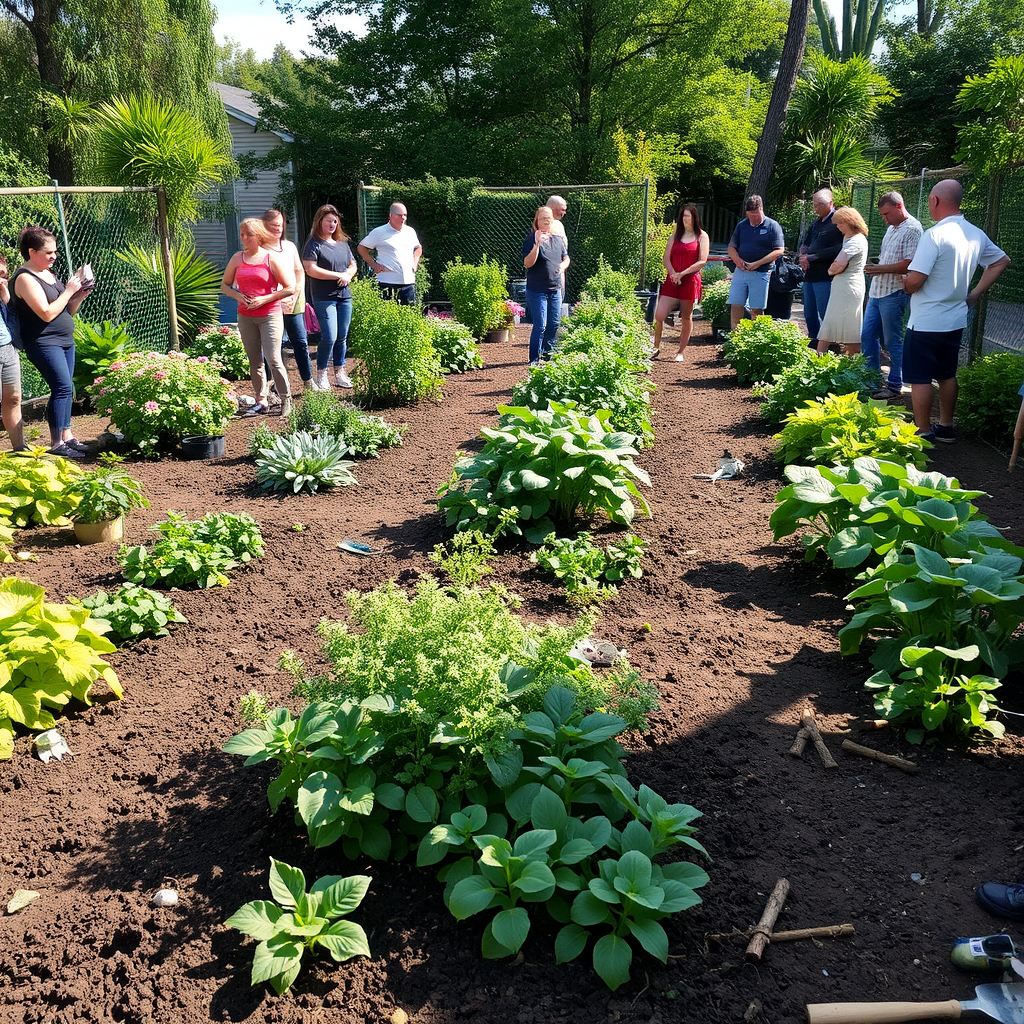
Learning about gardening helps you grow better plants. Local workshops teach valuable skills. They show you how to plant and care for your garden. You can find these workshops at community centers or garden clubs. They often have experts to guide you.
You can also read books or visit local libraries. They have many resources about gardening. Online forums and videos are great too. Join local gardening groups on social media. Share tips and ask questions. This way, you can learn from others and share your own knowledge.
Conclusion
In this post, we covered essential tips for creating a healthy garden. First, choose native plants that thrive in your area. Next, adopt organic practices to enrich your soil and conserve water. Composting helps create nutrient-rich soil, while rain barrels save water. We also explored the value of diverse plants and natural alternatives to chemicals. Lastly, using vertical gardening maximizes space. Remember, your local workshops offer great resources. By implementing these strategies, you will grow a thriving, eco-friendly garden.

